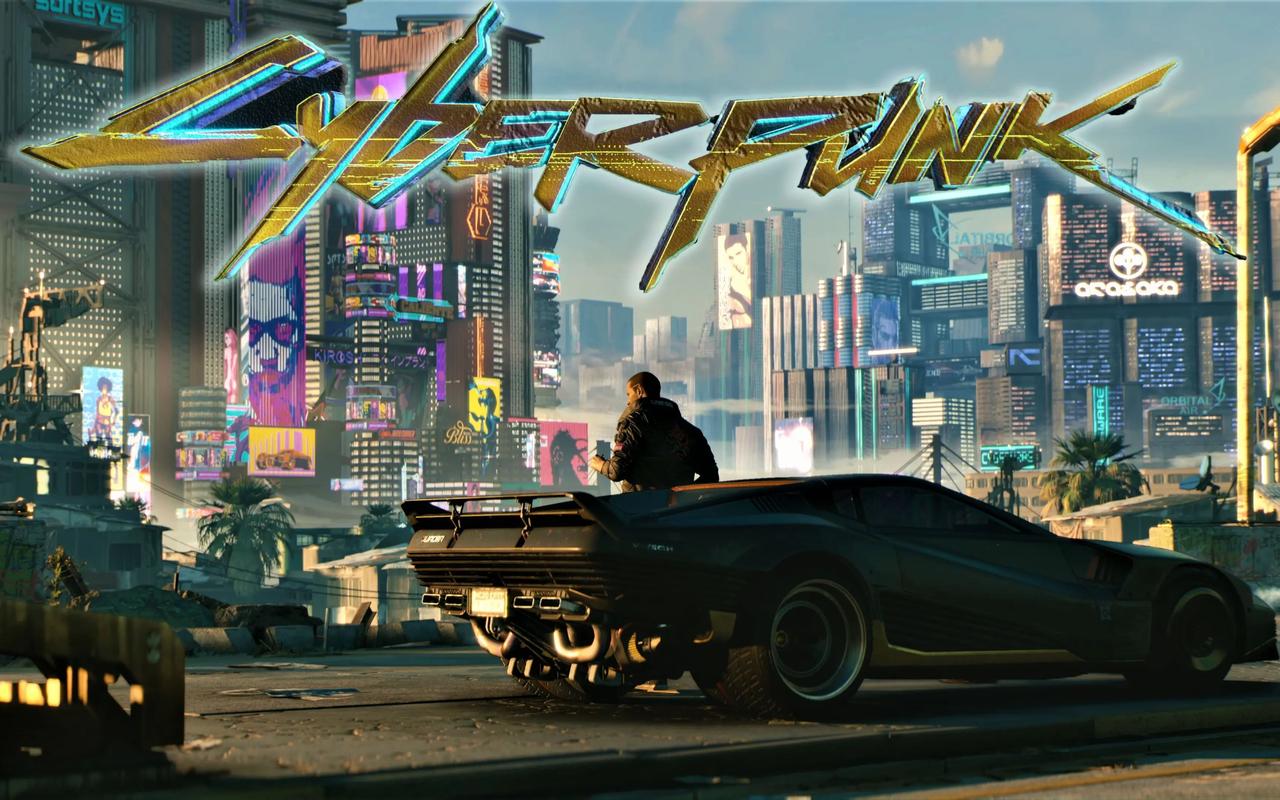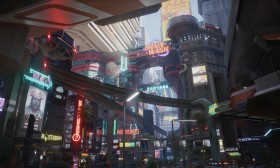Wolfenstein: Cyberpilot – A VR Spin-Off’s Mixed Reception
By [Your Name]
The Wolfenstein franchise has long been celebrated for its intense first-person shooter action, alternate-history narrative, and over-the-top Nazi-killing escapades. However, when Wolfenstein: Cyberpilot launched in 2019 as a VR-exclusive spin-off, it faced a divisive reception. While some praised its immersive combat and fan-service moments, others criticized its short length, repetitive gameplay, and lack of depth. This article explores the game’s strengths, weaknesses, and overall place in the Wolfenstein universe.
A VR Experiment in the Wolfenstein World
Developed by MachineGames and Arkane Studios, Wolfenstein: Cyberpilot takes place in the same dystopian 1980s Europe as Wolfenstein: Youngblood. Instead of playing as BJ Blazkowicz or his daughters, players assume the role of a French Resistance hacker who remotely controls Nazi war machines—including drones, Panzerhunds, and Zitadelles—to turn the Third Reich’s own weapons against them.
The premise is undeniably cool, leveraging VR to let players become the machines they’ve been fighting in previous games. The sense of scale when piloting a towering Zitadelle or a fast-moving Panzerhund is exhilarating, and the game’s visuals—while not cutting-edge—effectively immerse players in its diesel-punk world.
Strengths: Immersion and Fan Service
Where Cyberpilot shines is in its ability to make players feel powerful. Crushing Nazi soldiers under a mech’s foot or blasting through enemy fortifications with a laser cannon delivers the kind of power fantasy VR excels at. The game also rewards Wolfenstein fans with lore tidbits and familiar enemy designs, reinforcing its connection to the main series.

The controls are intuitive, with motion-based interactions for hacking terminals and manipulating weapons. Unlike some VR shooters that suffer from clunky mechanics, Cyberpilot’s interface is streamlined, ensuring that players can focus on destruction rather than wrestling with inputs.
Weaknesses: Repetition and Lack of Depth
Despite its strengths, Cyberpilot falls short in several key areas. The biggest criticism is its brevity—clocking in at around 2-3 hours, the game feels more like a tech demo than a full-fledged experience. While VR titles often run shorter than traditional games, Cyberpilot’s lack of replay value or meaningful progression makes it hard to justify its original $20 price tag.
Gameplay also grows repetitive quickly. Missions follow a predictable loop: hack a machine, destroy enemies, move to the next objective. There’s little variety in enemy types or environmental puzzles, leading to a sense of déjà vu by the second half. Additionally, the narrative is thin, with minimal character development or stakes beyond "kill more Nazis."
VR Limitations and Missed Opportunities
Another issue is Cyberpilot’s reliance on stationary combat. Unlike Half-Life: Alyx or Boneworks, which encourage exploration and interaction, Cyberpilot often locks players into fixed positions while controlling machines. This design choice limits VR’s potential for free movement and dynamic engagements, making the experience feel more like an arcade shooter than a fully realized VR adventure.
Moreover, the game lacks multiplayer or cooperative modes—a missed opportunity, given that Youngblood emphasized team-based gameplay. A co-op mode where players control different war machines could have added much-needed longevity.
The Verdict: A Flawed but Fun Side Story
Wolfenstein: Cyberpilot is a mixed bag. As a VR experiment, it succeeds in delivering visceral, large-scale combat that fans of the series will appreciate. However, its short length, repetitive missions, and lack of depth prevent it from standing alongside the franchise’s best entries.
For die-hard Wolfenstein enthusiasts or VR players craving a quick, action-packed experience, Cyberpilot might be worth picking up on sale. But for those expecting a deep narrative or innovative VR mechanics, it’s a forgettable detour in an otherwise stellar franchise.
Final Score: 6/10
Pros:
- Satisfying power fantasy in VR
- Intuitive controls and immersive scale
- Fun fan-service for Wolfenstein devotees
Cons:
- Extremely short with little replay value
- Repetitive mission structure
- Underutilized VR potential
Wolfenstein: Cyberpilot is a decent distraction, but not the VR revolution the series deserved.
Would you like any modifications or additional details on specific aspects of the game?














